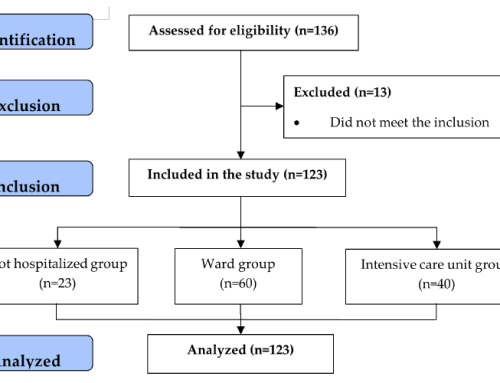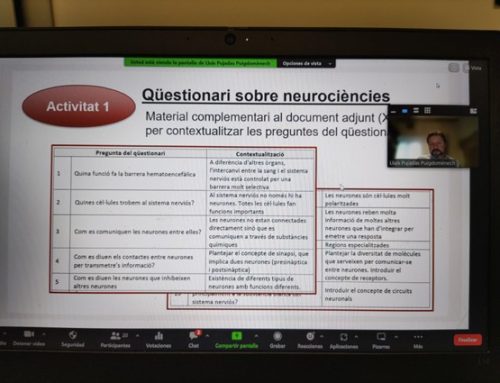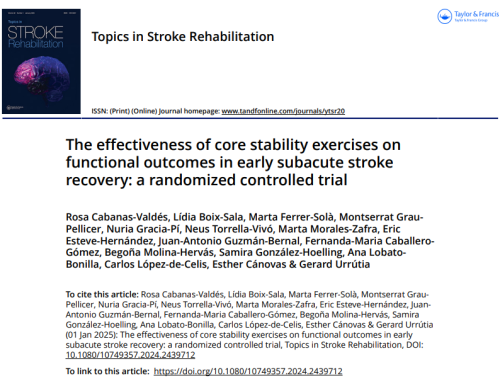ARTICLE. Amblàs Novellas J, Espaulella Panicot J, Blay Pueyo C, Molist Brunet N, Lucchetti d’Aniello GE, Anglada Arisa A, Roca Casas J. Rev Esp Geriatr Gerontol. 2013;48(6):290-296.
Abstract.
Demographic changes and the economic situation of the recent years have conditioned a turning point in health policies, which have decided to progressively prioritize chronicity care programs. Given that hospital costs were concentrated in attention to patients with chronic diseases, reduction on admissions is now a priority target. Meanwhile, we state that among the obviously community handling paradigmatic aim for those patients and the current care situation, there is a long way to do that should be done gradually. According to the current scientific evidence: Is it sensible to assume that there is a proper level of admissions or is it better for the patients to reduce the number of admissions? Is it possible to operationally and reliably define which hospital admissions are avoidable? Is it harmful to a patient and to the health care system to admit a patient with multiple chronic disease? Maybe are hospital admissions are avoidable and readmissions are indicators of a fragmented health care system? Given that situation, a reasonable approach requires firstly a critical analysis of the various realities of care (microsystems) and a systematic review of the scientific evidence-breaking, and rejecting some topics if necessary. Secondly, we should bring all this knowledge to clinical practice, conciliating «what» and the know-how, individual and population view, sole disease and multimorbidity, and finally clinical approach and health planning.












Leave a Reply